The lobster roll, a cherished delicacy particularly popular in coastal regions of New England in the United States, is more than just a treat for the taste buds. This delectable sandwich, featuring succulent lobster meat encased in a buttered and toasted bun, is a symbol of summer, seaside dining, and culinary indulgence. Beyond its rich flavors and gourmet appeal, the lobster roll offers a range of nutritional benefits derived from its primary ingredient—lobster—and the complementary elements of the dish.
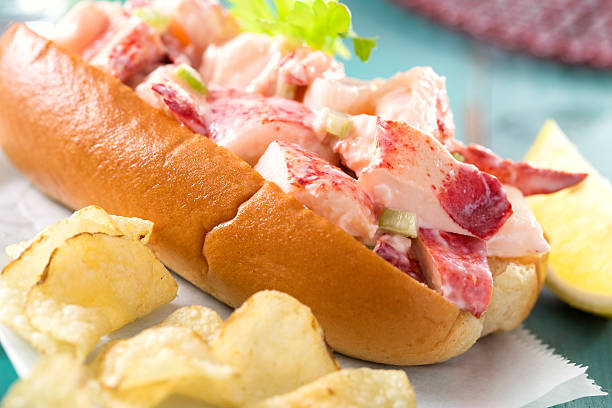
Lobster is an excellent source of high-quality protein, which is essential for muscle repair, growth, and overall bodily function. A typical serving of lobster provides approximately 19 grams of protein per 3-ounce portion, making it a robust source of this vital macronutrient. Protein is crucial for maintaining healthy tissues, supporting immune function, and aiding in the production of enzymes and hormones. By incorporating lobster into a roll, individuals can enjoy a tasty and protein-rich meal that supports their nutritional needs.

Despite its rich flavor, lobster is relatively low in fat and calories compared to other protein sources. A 3-ounce serving of lobster contains roughly 1.25 grams of fat and about 80-100 calories, making it a lean choice for those seeking to manage their calorie intake while still indulging in a luxurious dish. The low fat content of lobster, combined with its high protein content, makes it an ideal option for individuals looking to maintain a balanced and health-conscious diet.
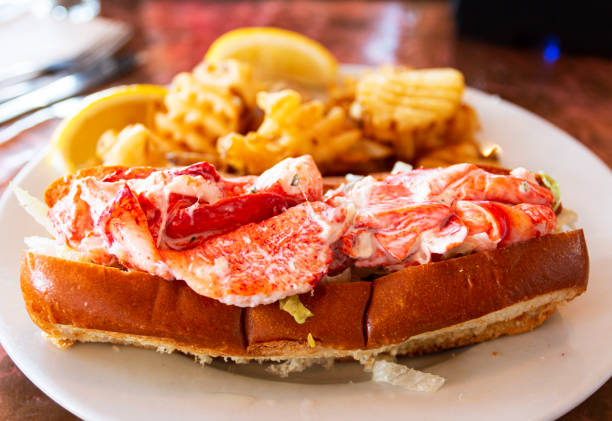
Lobster is packed with essential vitamins and minerals that contribute to overall health and well-being. It is a good source of vitamins such as B12, which is crucial for nerve function and the production of red blood cells, and vitamin E, which acts as an antioxidant and supports skin health. Additionally, lobster contains significant amounts of important minerals such as zinc, selenium, copper, and phosphorus. Zinc is vital for immune function and wound healing, selenium acts as an antioxidant and supports thyroid function, copper aids in iron absorption and cardiovascular health, and phosphorus is essential for bone health and energy production.

Lobster is also a source of omega-3 fatty acids, particularly eicosapentaenoic acid (EPA) and docosahexaenoic acid (DHA). These essential fats play a crucial role in heart health, reducing inflammation, and supporting brain function. Omega-3 fatty acids have been linked to a reduced risk of chronic diseases such as heart disease, arthritis, and cognitive decline. By enjoying lobster, individuals can benefit from these heart-healthy fats, contributing to their overall wellness.

The traditional lobster roll typically includes minimal ingredients that complement the natural flavors of the lobster without overwhelming it. Common additions such as a light mayonnaise or lemon juice provide a creamy texture and tangy flavor, while celery and herbs like chives or tarragon add a fresh crunch and aromatic quality. The buttered and toasted bun, often a split-top hot dog bun, adds a satisfying texture and mild flavor that enhances the overall eating experience. While the bun adds carbohydrates to the dish, it is a small part of the overall meal and can be balanced with other nutrient-rich foods throughout the day.

Beyond its nutritional value, the lobster roll holds cultural and culinary significance, particularly in New England, where it is a staple of summer cuisine and seaside dining. The lobster roll is celebrated for its simplicity, allowing the quality and flavor of the lobster to shine. It is a dish that brings people together, evoking memories of beach outings, family gatherings, and the joys of summer.
In conclusion, the lobster roll is more than just a delicious sandwich—it is a nutritious and culturally significant dish that offers a range of health benefits. From its high-quality protein and low fat content to its rich array of vitamins, minerals, and omega-3 fatty acids, the lobster roll provides a balanced and satisfying meal option. By savoring the nutritional richness and culinary heritage of the lobster roll, individuals can enjoy a taste of seaside tradition while nourishing their bodies and delighting their senses.

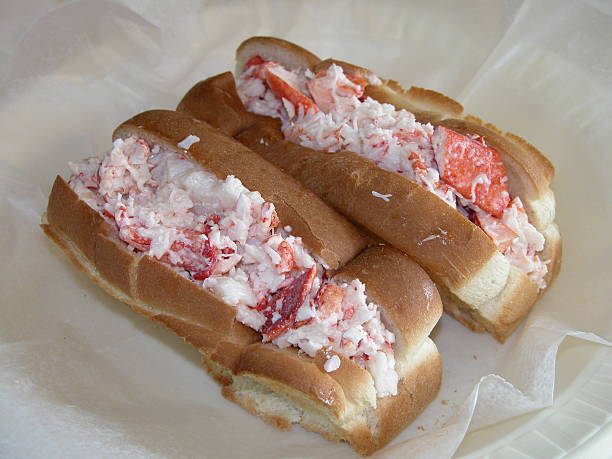
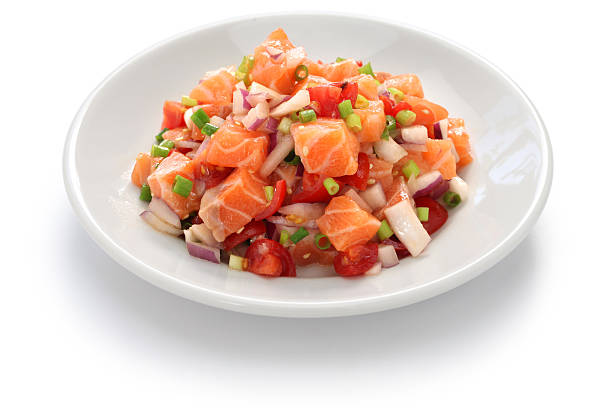

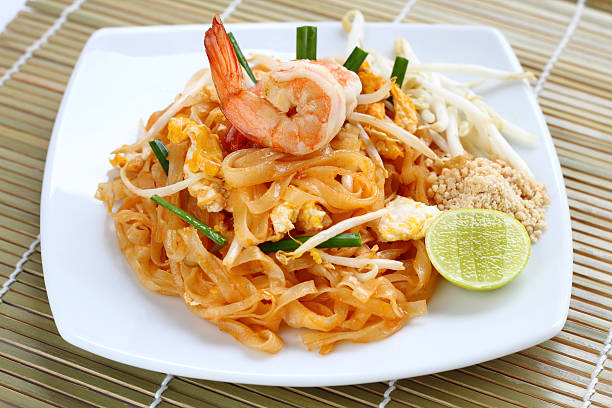
Loved the breakdown of AI’s role in esports betting! Tools like AI Email Marketing show how smart tech can boost both strategy and engagement-tyy.AI really simplifies finding top solutions for pros and newbies alike.